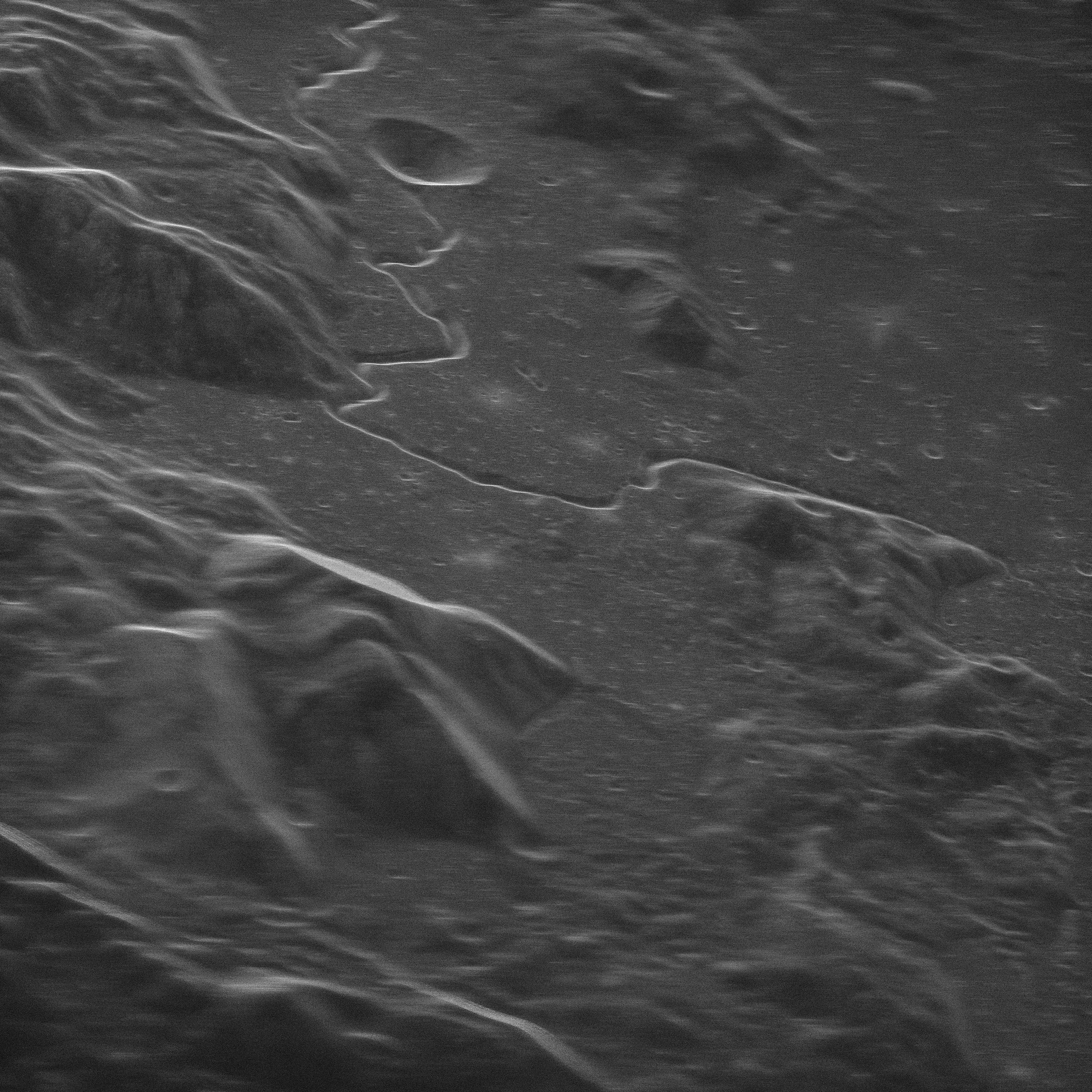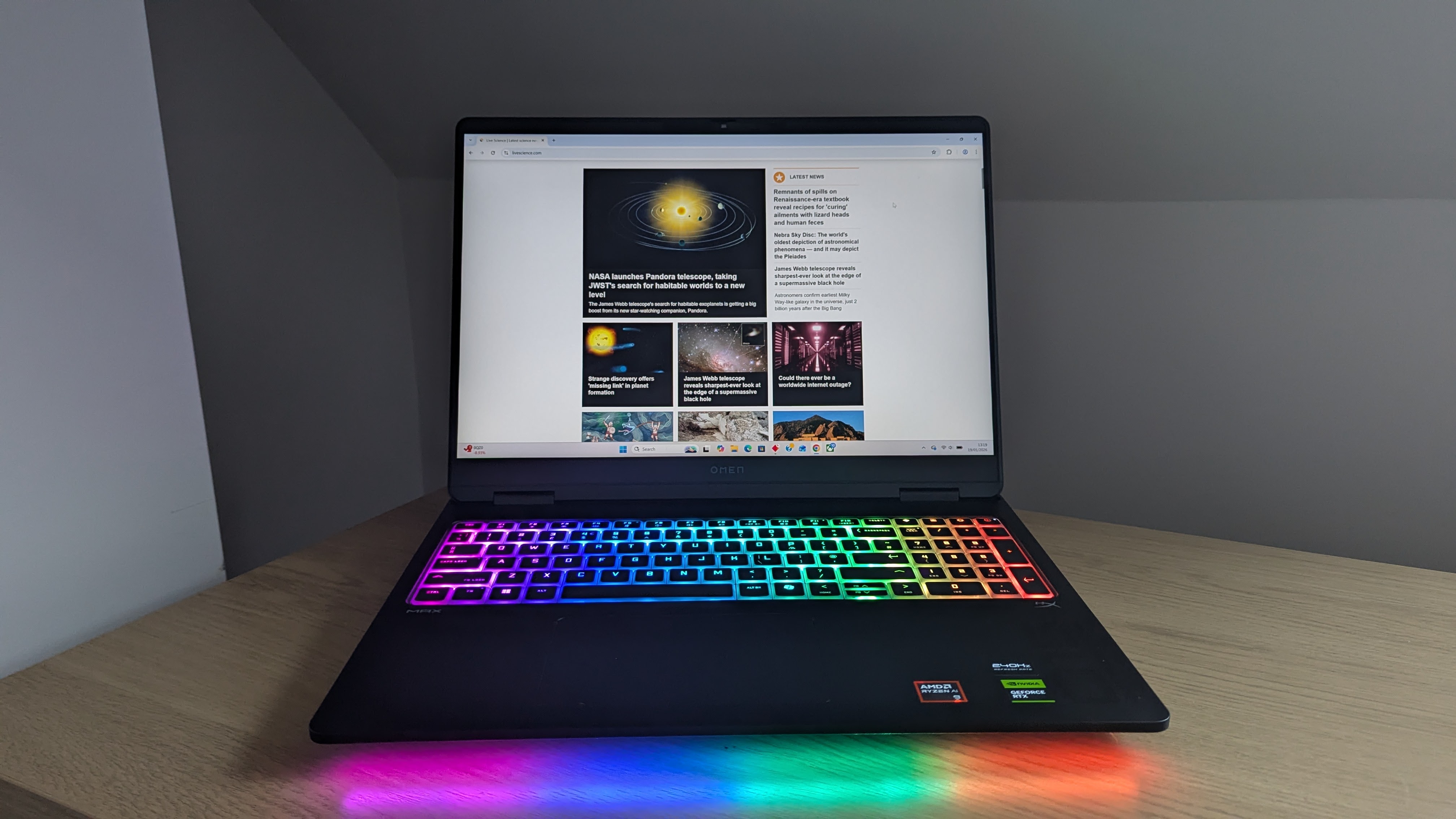Apollo 15 landing site is strikingly clear in image captured from Earth

Scientists captured this striking image of the Apollo 15 landing site by shooting a powerful radar signal from Earth into space and bouncing it off the lunar surface.
The thin, meandering channel running through the middle of the image is the Hadley Rille, a scar left on the moon after past volcanic activity, likely a collapsing lava tube, according to a statement from the National Radio Astronomy Observatory (NRAO). The circular dent pictured near the rille is Hadley C, a crater about 3.7 miles (6 kilometers) in diameter.
Scientists spent two years developing the technology to take these detailed images of the moon from Earth, and now, they can capture snapshots of lunar objects as small as 16.4 feet (5 meters) across from about 238,855 miles (384,400 kilometers) away. In the future, the researchers plan to develop the technology further, to the point where they can throw radar signals out to the far reaches of the solar system and capture images of Uranus and Neptune, which at their closest are 1.6 billion miles (2.6 billion km) and 2.7 billion miles (4.3 billion km) from Earth, respectively, according to Space.com.
Related: Supermoon photos: Full moon rises across the globe
History of NASA: $22.99 at Magazines Direct
Discover the story of how and why NASA was created, its greatest triumphs, darkest days, and of the times it exceeded all possible hopes. A tale of adventure, heroism and resourcefulness, learn of the space agency's greatest achievements and how — over six decades — the organization has consistently and tirelessly devoted itself to its founding principle: that "activities in space should be devoted to peaceful purposes for the benefit of all humankind".
"The planned system will be a leap forward in radar science, allowing access to never-before-seen features of the solar system from right here on Earth," Karen O'Neil, site director of the Green Bank Observatory in West Virginia, said in the NRAO statement.
But how does the new technology work? Scientists attached a radar transmitter to the Green Bank Telescope (GBT), the largest fully steerable radio telescope on Earth. Thus equipped and aimed at the moon, the telescope could transmit radar signals to the lunar surface. These signals then ricocheted back toward Earth, where they were caught by the NRAO's Very Long Baseline Array, a network of observation stations with large antenna dishes scattered around the U.S.
The NRAO, the Green Bank Observatory and Raytheon Intelligence & Space, the company that developed the radar transmitter, captured the new images of the Apollo 15 landing site in November 2020, while running a proof-of-concept test of the technology. They are now finalizing a plan to develop an even more powerful radar system that can snap high-resolution images of both near-Earth objects and the solar system's outermost planets.
Get the world’s most fascinating discoveries delivered straight to your inbox.
"We've participated before in important radar studies of the Solar System, but turning the GBT into a steerable planetary radar transmitter will greatly expand our ability to pursue intriguing new lines of research," Tony Beasley, director of the NRAO and vice president for Radio Astronomy at Associated Universities, Inc., said in the statement.
Originally published on Live Science.

Nicoletta Lanese is the health channel editor at Live Science and was previously a news editor and staff writer at the site. She holds a graduate certificate in science communication from UC Santa Cruz and degrees in neuroscience and dance from the University of Florida. Her work has appeared in The Scientist, Science News, the Mercury News, Mongabay and Stanford Medicine Magazine, among other outlets. Based in NYC, she also remains heavily involved in dance and performs in local choreographers' work.
 Live Science Plus
Live Science Plus







